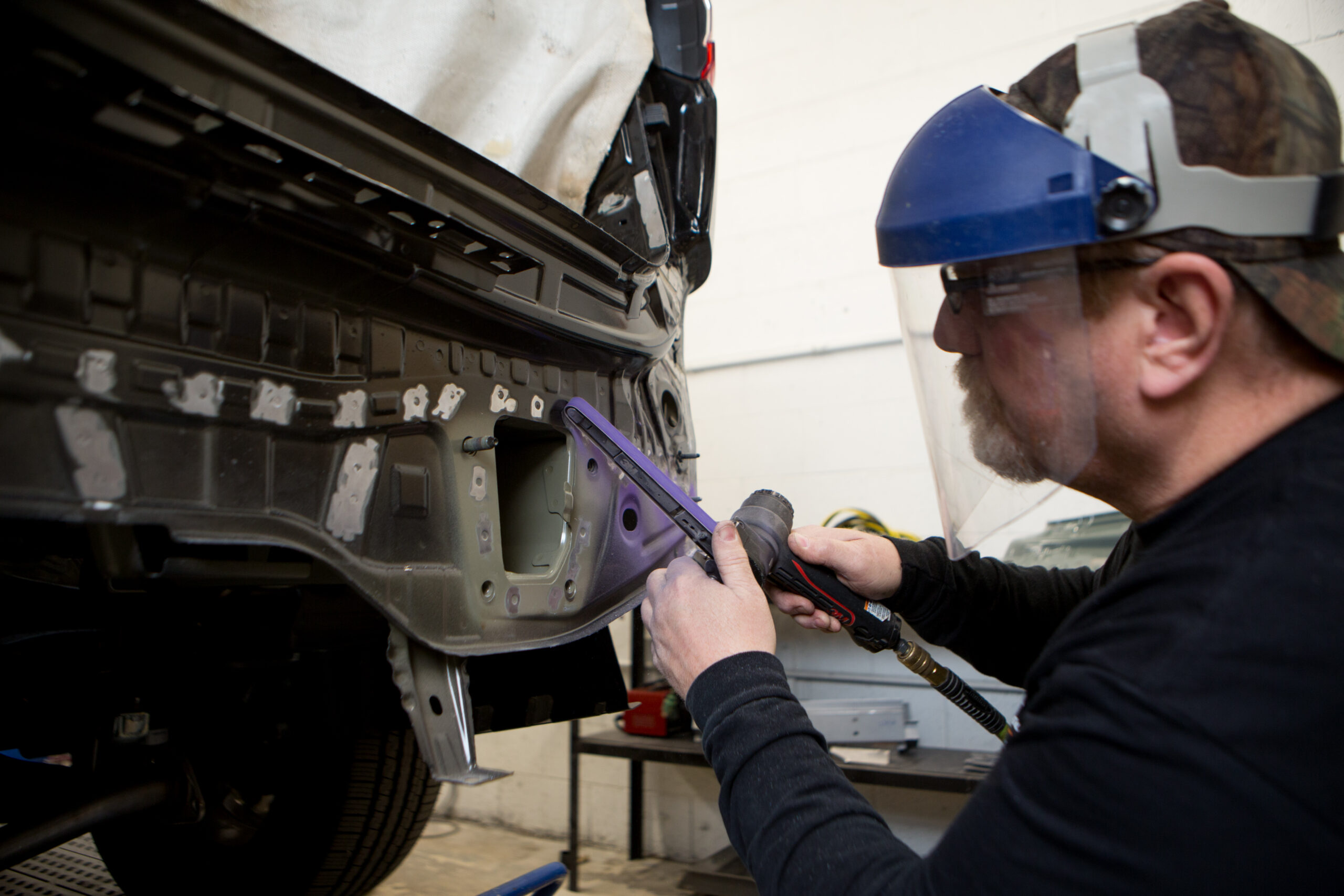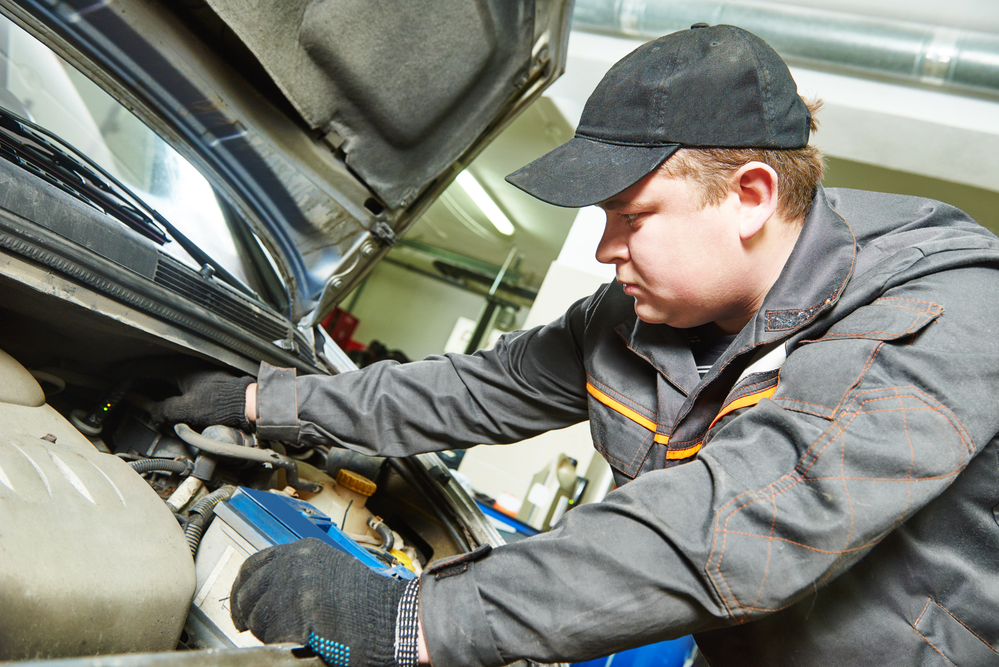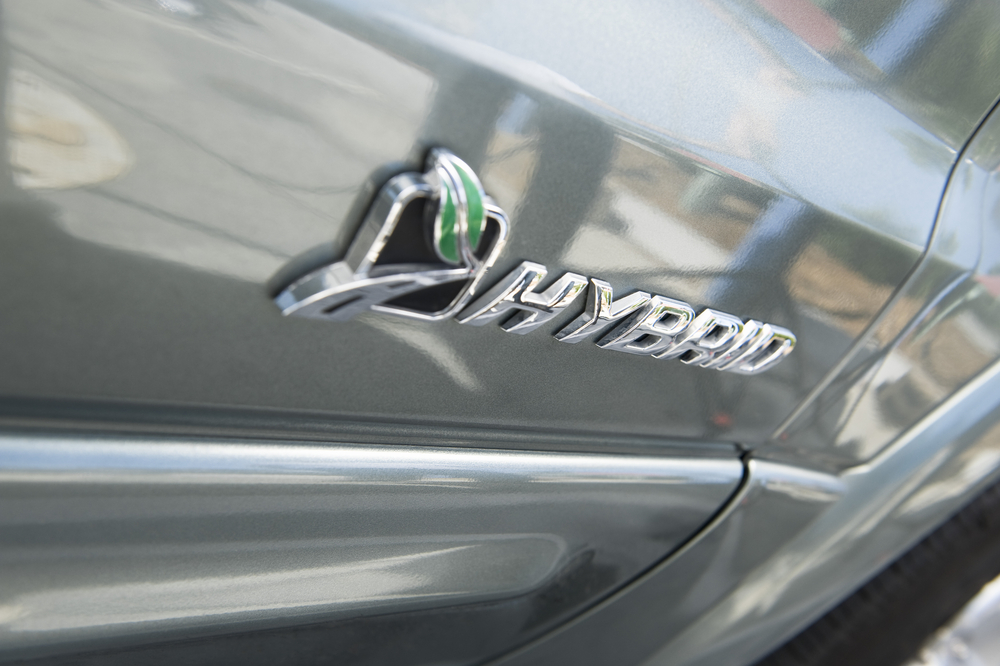Auto accidents can be stressful, but choosing the right auto body shop in South Jersey to repair your car shouldn’t add to that stress. The key lies in understanding and comparing repair estimates to ensure your vehicle receives the best care. You may be tempted to choose the auto body shop that has the lowest rate, but that does not always mean you are going to get the best service. With that in mind, let’s take a look at how to compare South Jersey auto body repair estimates so you can choose the right shop.
Key Takeaways
- Repair estimates provide insight into the cost and work required for vehicle repair and also reflect the expertise of the shop.
- The most accurate estimates are comprehensive, addressing both visible and potential hidden damage, showcasing the auto body shop’s commitment to thoroughness.
- Balancing affordability with quality is crucial, as low estimates may compromise on materials and workmanship.
What is a Repair Estimate?
A repair estimate is your roadmap to understanding the costs and work involved in restoring your vehicle after an accident or damage. It’s a comprehensive document provided by an auto body shop that details the necessary repairs, replacement parts, and associated costs. A well-drafted estimate not only gives you an overview of the financial aspect but also provides insights into the expertise and thoroughness of the auto body shop.
What is a Supplement and What Does It Mean?
In the course of auto body repairs, unforeseen issues may arise. This is where the term “supplement” comes into play. A supplement refers to additional repairs or costs that were not initially included in the original estimate. It could be due to hidden damage discovered during the repair process or because the initial assessment didn’t cover all aspects of the damage. When choosing an auto body shop, it’s crucial to select one that communicates effectively about supplements, ensuring transparency in the repair journey.
How to Compare South Jersey Auto Body Repair Estimates
Having learned some of the lingo, let’s look at the key things you should do when comparing the estimates you have received. Ideally, you will want estimates from 3-4 auto body shops. Do not receive too many, as then you many not be able to decide at all.
Do Some Research
Research forms the bedrock of a well-informed decision regarding your auto body repairs. Platforms like Google, Yelp, or specialized auto repair review sites can provide valuable insights into the experiences of others with a particular auto body shop. Look for patterns in the reviews—consistency in positive feedback is a good indicator of reliability. You may also want to reach out to friends and family for their recommendations.
The Most Comprehensive Estimates Are The Most Accurate
When you receive repair estimates, it’s not just about the bottom line. Paying attention to the level of detail in the estimate is crucial for accuracy and transparency. A comprehensive estimate should not only address the visible repairs needed but also consider potential hidden damage that might be uncovered during the repair process. Auto body experts at reputable shops understand that not everything is visible at first glance. By accounting for potential hidden issues in the estimate, you are better prepared for any surprises that may arise during the repair, preventing unexpected costs and ensuring a more accurate assessment.
Furthermore, the inclusion of potential hidden damage in the estimate showcases a level of foresight that is indicative of the auto body shop’s expertise. It demonstrates their commitment to thoroughness.
Higher Labor Costs Equal Better, Faster Repair
The temptation to opt for the lowest labor costs is understandable, but it’s crucial to consider the correlation between labor costs and the overall quality and speed of repairs. Higher labor costs are often associated with skilled technicians and well-equipped facilities. A reputable auto body shop invests in its personnel, ensuring they are highly trained and experienced.
Also, while it may seem counter-intuitive, higher labor costs may indicate a faster repair time. Skilled professionals, supported by advanced equipment, can diagnose issues more efficiently and execute repairs with greater speed. This means you spend less time without your vehicle, getting back on the road sooner.
Low Estimates Do Not Mean Quality
There is another reason why low estimates are risky. Auto body shops offering low estimates might compromise on the quality of materials to reduce costs, potentially affecting the longevity and performance of the repairs. A low estimate may also reflect a compromise in the level of workmanship provided. Skilled technicians and quality work come at a price, and exceptionally low estimates might suggest a lack of investment in experienced personnel or a rushed approach to repairs.
Remember, the goal of selecting an auto body shop is not merely to find the lowest price but to strike a balance between affordability and quality. Reputable shops, such as Elmer’s Auto Body, understand this delicate equilibrium.
Get Your Estimate From a Trusted South Jersey Auto Body Shop Today
Navigating auto body repair estimates in South Jersey shouldn’t be overwhelming. When seeking an estimate, entrust your car to a reputable South Jersey auto body shop. Elmer’s Auto Body, with its commitment to industry standards and customer satisfaction, stands ready to provide you with a comprehensive, accurate estimate. Don’t compromise on the quality of your car’s repair—choose Elmer’s Auto Body for a service you can trust. Call one of our three South Jersey locations today or fill out the contact form to schedule an appointment.






